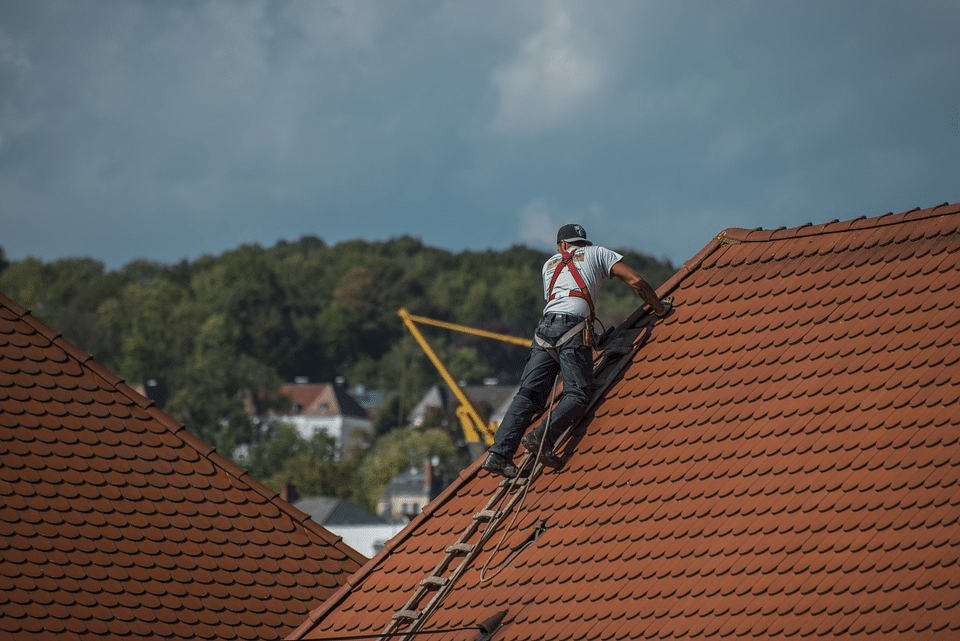The roof is one of the most critical components of a house, as it protects the interior from the elements. When choosing the right residential roofing materials, several factors must be considered. The material you choose will affect the look and feel of your home and its durability and maintenance requirements.
In this blog post, we’ll explore the best residential roofing materials and what you need to know before deciding.
Factors To Consider When Choosing Residential Roofing Materials
Before diving into the different types of residential roofing materials, it’s essential to consider a few key factors. Here are some things to keep in mind:
- Climate and weather patterns in the area: The type of roofing material you choose should suit your area’s climate and weather patterns. For example, if you live in an area with heavy rainfall or snow, you’ll want a material that can withstand moisture.
- Roof slope and design: The slope and design of your roof can also affect the type of material you choose. Some materials work better with steeper slopes, while others are better suited for flatter roofs.
- Budget and personal preferences: Your budget and personal preferences will also play a role in your decision. Some materials are more expensive than others, and some may have a particular look or style that you prefer.
- Environmental impact and sustainability: If you’re environmentally conscious, you may want to consider an eco-friendly and sustainable roofing material.
Weighing Up the Pros and Cons of 5 Residential Roofing Materials
Now that you know what factors to consider, let’s look at some of the most popular residential roofing materials and weigh their pros and cons.
Asphalt Shingles
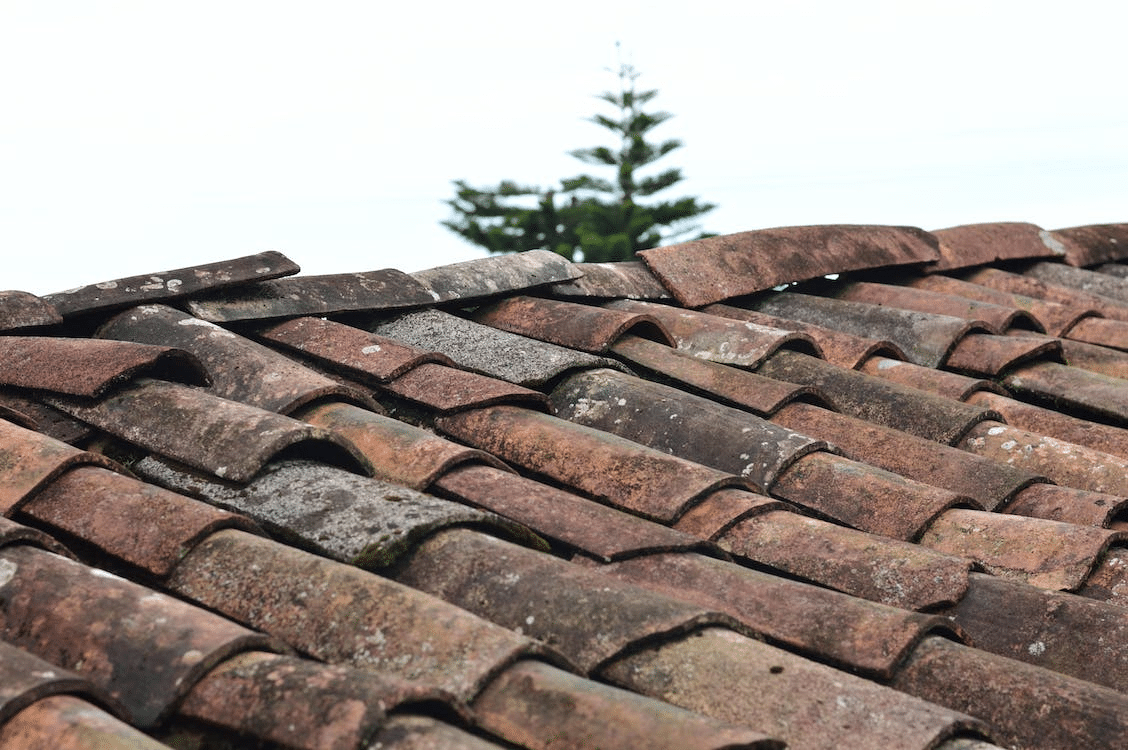
Asphalt shingles are one of the most popular roofing materials in the US. They are relatively inexpensive, easy to install, and come in various colors and styles. However, there may be more durable options, particularly in areas with extreme weather conditions.
Asphalt shingles have an average lifespan of around 20-30 years and can be prone to high winds and hail damage.
Pros:
- Affordable
- Easy to install
- Wide variety of colors and styles available
Cons:
- May not be the most durable option
- Can be prone to damage from high winds and hail
- Not eco-friendly or sustainable
Metal Roofing
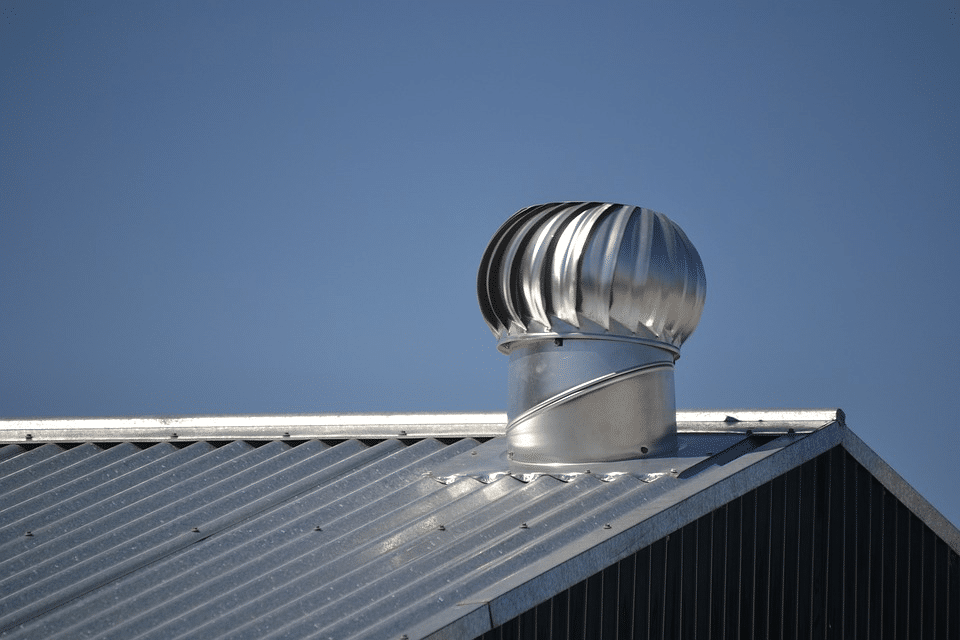
Metal roofing has become increasingly popular in recent years due to its durability and energy efficiency. It can withstand extreme weather conditions, including high winds, heavy rain, and snow.
Metal roofs are available in various materials, including aluminum, steel, and copper. They can be more expensive than other options, but they also have a longer lifespan, often lasting up to 50 years or more.
Pros:
- Durable and long-lasting
- Energy efficient
- Resistant to extreme weather conditions
Cons:
- More expensive than some other options
- May require professional installation
- Can be noisy during rain or hailstorms
Tile Roofing
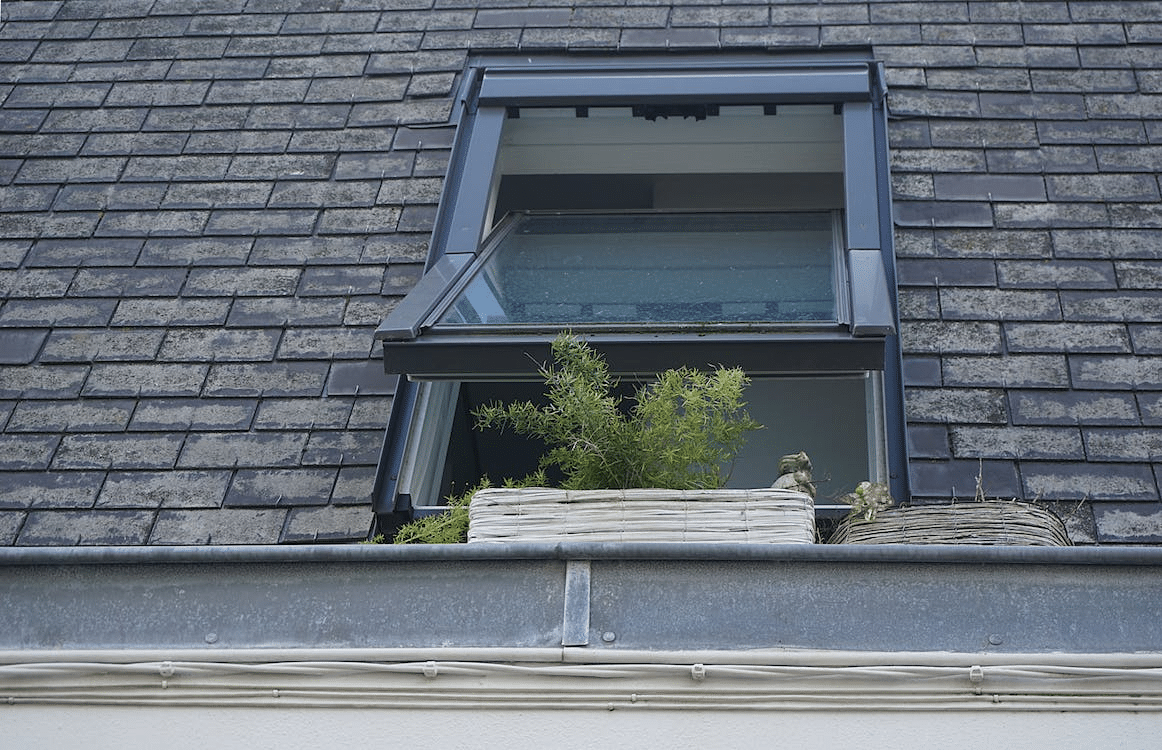
Tile roofing is a popular option in warmer climates, particularly in areas with a Mediterranean-style architecture. They are available in a variety of materials, including clay, concrete, and slate, and can last up to 100 years with proper maintenance. However, they can be heavy and require additional support to ensure the roof structure can handle the weight. They can also be more expensive than other options.
Pros:
- Long-lasting
- Available in a variety of materials and styles
- Fire-resistant
Cons:
- Heavy and require additional support
- Can be more expensive than other options
- May not be suitable for all climates
Wood Shingles and Shakes
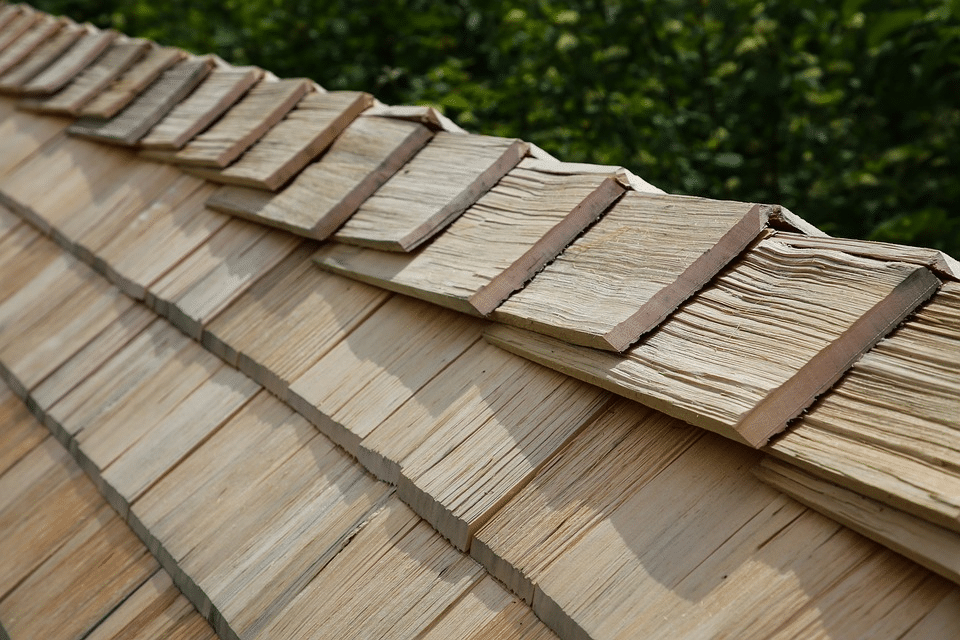
Wood shingles and shakes are popular for those looking for a natural and rustic look. They are available in a variety of wood types, including cedar, redwood, and pine, and can last up to 30 years with proper maintenance.
However, they can be more expensive than some other options and may require more maintenance to prevent damage from moisture and pests.
Pros:
- Natural and rustic look
- Long-lasting with proper maintenance
- Good insulation properties
Cons:
- More expensive than some other options
- Require more maintenance to prevent damage from moisture and pests
- Not fire-resistant
Slate Roofing
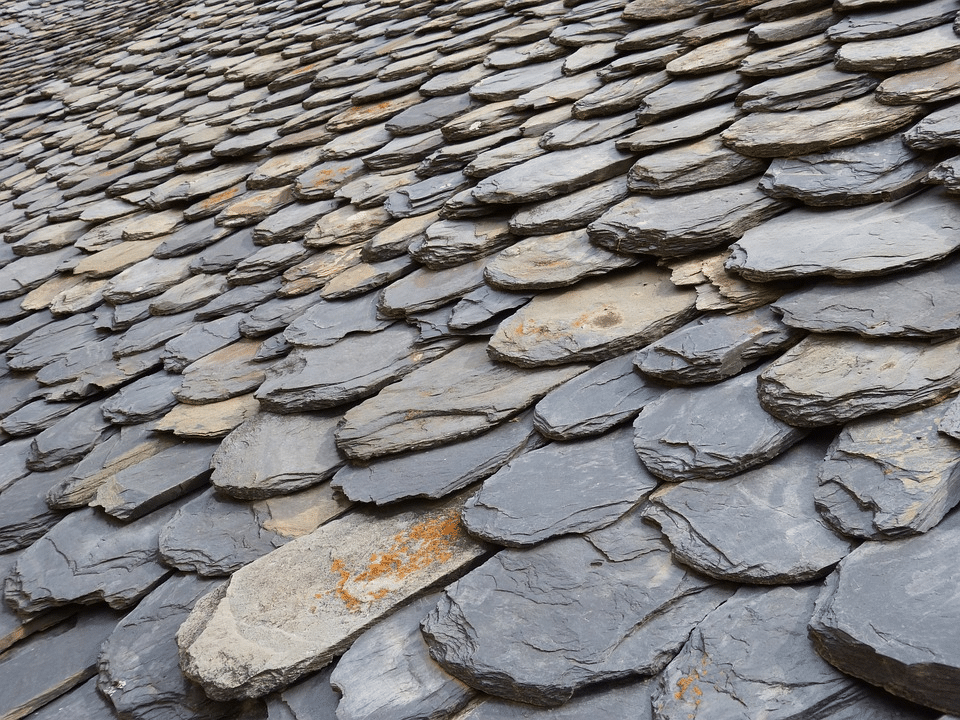
Slate roofing is a high-end option that offers both durability and aesthetic appeal. It is available in a variety of colors and can last up to 100 years with proper maintenance. However, it can be heavy and require additional support, and it is one of the most expensive roofing materials on the market.
Pros:
- Durable and long-lasting
- Aesthetic appeal
- Fire-resistant
Cons:
- Heavy and require additional support
- One of the most expensive roofing materials on the market
- May not be suitable for all climates
Key Takeaways
Selecting the right roofing material for your home is a crucial decision that requires careful consideration. In terms of the pros and cons of different roofing materials:
- Asphalt shingles are affordable but may not be the most durable, while metal roofing is durable and energy-efficient but can be more expensive.
- Tile roofing offers a durable option with a variety of styles, while wood shingles and shakes provide a natural and rustic appearance but may require more maintenance.
- Slate roofing is a high-end option that offers both durability and aesthetic appeal but is also the most expensive material.
It’s best to consult with a roofing company for professional advice. It is highly recommended when selecting the best residential roofing material for your home. They can provide expert insights into the suitability of different materials based on your specific needs and preferences, guide you through the installation process, and provide valuable tips on maintenance.

